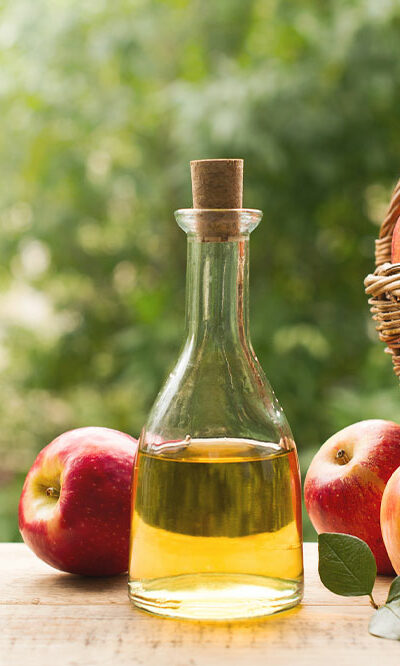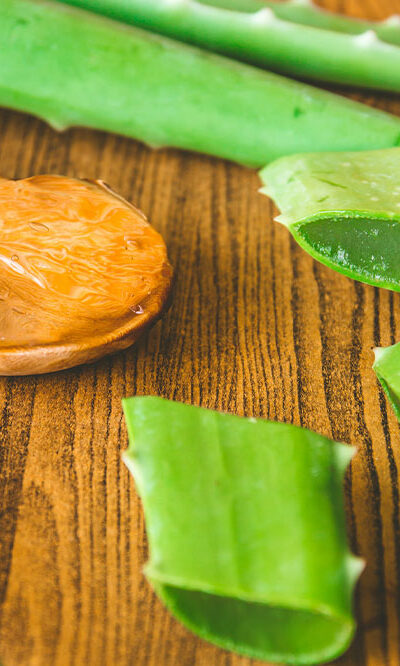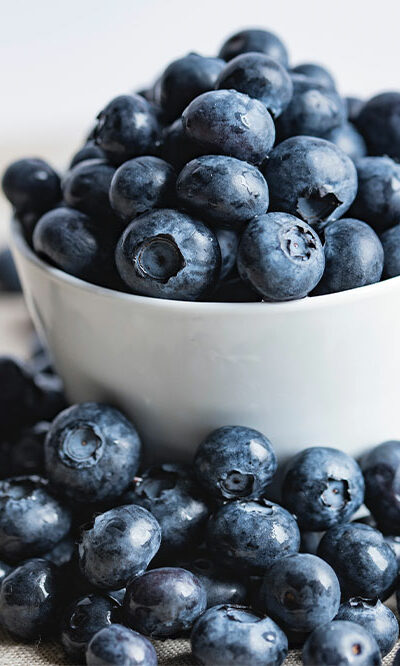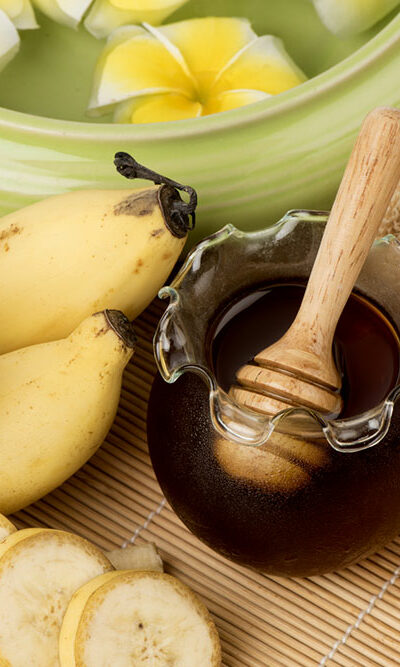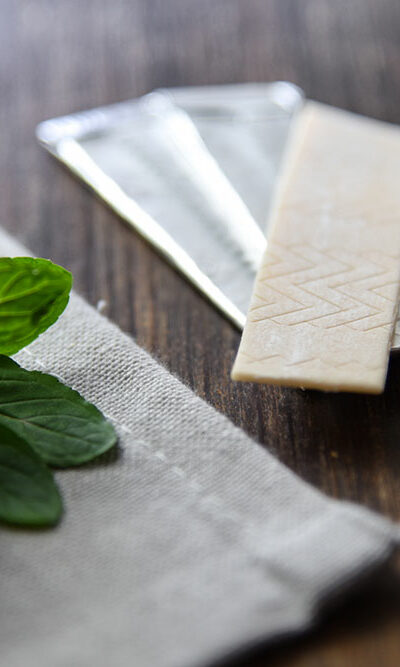
Skin cancer – Types and warning signs
Skin cancer is the most common type of cancer. It often develops on areas of the skin that are constantly exposed to the sun. Depending on the cells they affect, there are three major types of skin cancer: basal cell carcinoma, squamous cell carcinoma, and melanoma. Each of these conditions may manifest differently. Knowing their warning signs can help one detect skin cancer early and manage it before it spreads. Warning signs of basal cell carcinoma This is the most common type of skin cancer. It forms in the basal cells of the skin, which lie at the bottom of the epidermis. It usually affects the sun-exposed areas of the body, such as the face and neck. Common signs and symptoms include a small pink or red bump that is shiny, pearly, or translucent and may have black, blue, or brown spots; flat, flesh-colored, yellow, or brown scar-like lesion; lesions that bleed spontaneously without being irritated or picked; bleeding or scabbing open sore that doesn’t heal or heals and returns; pink growth with raised edges and a deflated center that may feature atypical blood vessels; and raised and itchy red patches. Warning signs of squamous cell carcinoma This is the second most common type of skin cancer, affecting over one million people yearly. It develops in the squamous cells, which are found near the skin’s surface. This may affect exposed and unexposed areas of the skin, especially among people with darker-colored skin. It may appear as a firm, red nodule; a flat lesion with a scaly, crusted surface; a rough, red scaly patch; an open sore with raised borders; a wart-like growth; a sore that develops like an old scar; a horn-shaped growth; a hard lesion that doubles in size within weeks; and growths that spread to other parts of the body.


